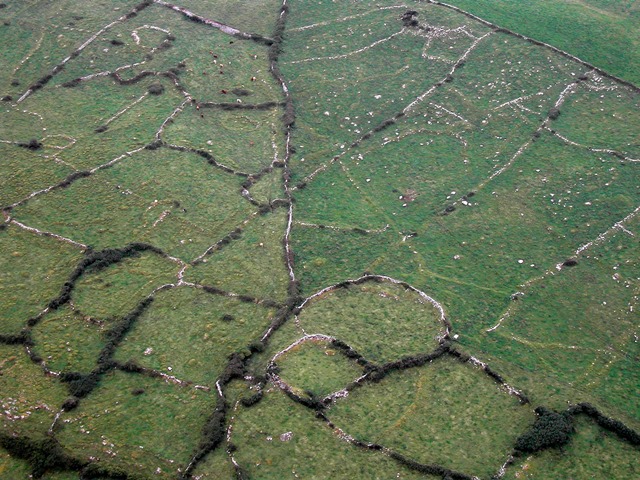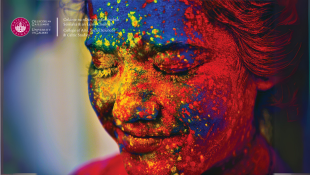-
Courses

Courses
Choosing a course is one of the most important decisions you'll ever make! View our courses and see what our students and lecturers have to say about the courses you are interested in at the links below.
-
University Life

University Life
Each year more than 4,000 choose University of Galway as their University of choice. Find out what life at University of Galway is all about here.
-
About University of Galway

About University of Galway
Since 1845, University of Galway has been sharing the highest quality teaching and research with Ireland and the world. Find out what makes our University so special – from our distinguished history to the latest news and campus developments.
-
Colleges & Schools

Colleges & Schools
University of Galway has earned international recognition as a research-led university with a commitment to top quality teaching across a range of key areas of expertise.
-
Research & Innovation

Research & Innovation
University of Galway’s vibrant research community take on some of the most pressing challenges of our times.
-
Business & Industry

Guiding Breakthrough Research at University of Galway
We explore and facilitate commercial opportunities for the research community at University of Galway, as well as facilitating industry partnership.
-
Alumni & Friends

Alumni & Friends
There are 128,000 University of Galway alumni worldwide. Stay connected to your alumni community! Join our social networks and update your details online.
-
Community Engagement

Community Engagement
At University of Galway, we believe that the best learning takes place when you apply what you learn in a real world context. That's why many of our courses include work placements or community projects.
Ringforts and the settlement pattern of the Burren
Dr Michelle Comber

This project studies preserved field systems and their relationship with settlement enclosures. The first year of the project comprised a general landscape analysis and statistical study of settlement indicators within an area of the Burren, stretching from Kilfenora in the southwest to Carran in the northeast. This revealed that many of these settlements were deliberately sited to best exploit the most fertile farmland, while others may have been strategically positioned with regard to territorial politics. Phase 1 fieldwork consisted of detailed digital ground surveys (using a Total Station), and employed a course of field-walking, descriptive survey and photography (ground and aerial). Phase 2 saw the detailed digital survey (using a Total Station) of a preserved archaeological landscape located between the cashel of Ballykinvarga to the west and Leamaneh castle to the east. Oblique and vertical aerial photography supplemented and expanded the area surveyed on the ground. Extensive field systems and enclosures were recorded in this stretch of land. A number of settlement ‘clusters’ or farms were tentatively identified. Phase 3 saw a continuation of this detailed mapping in an area immediately surrounding the cashel of Caherconnell on the northern edge of the study area (using Total Station and GPS). This third year was specifically aimed at tying detailed digital surveying to excavated evidence – with excavations in Caherconnell townland ongoing.



















